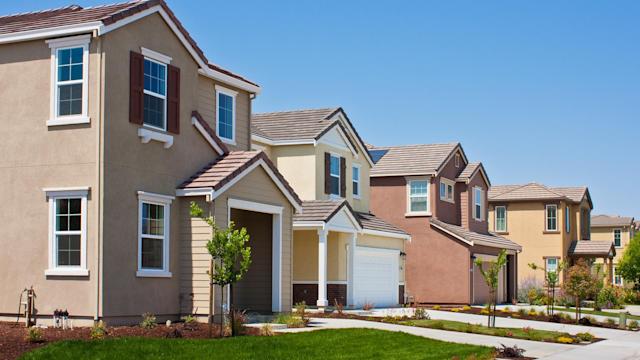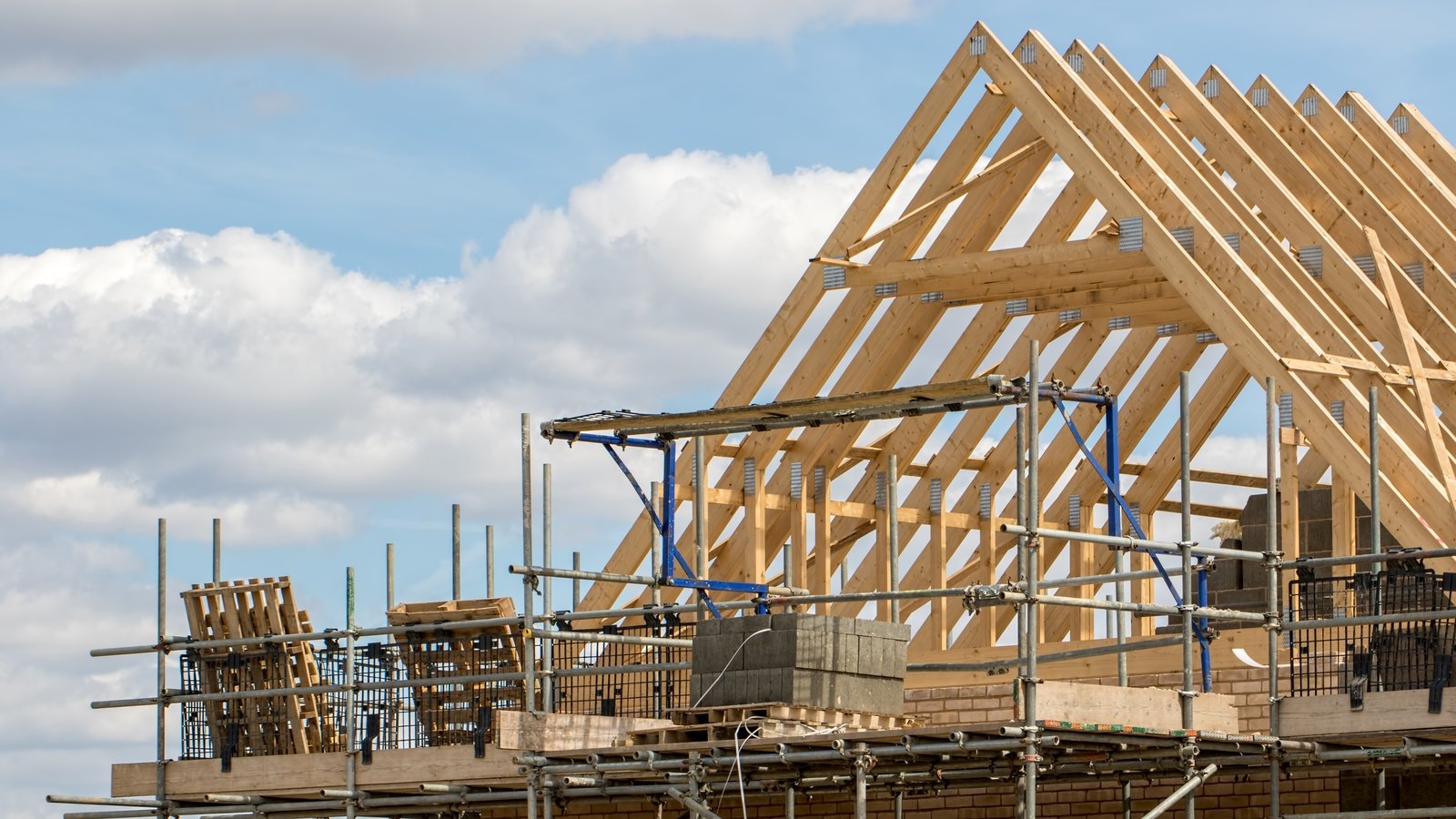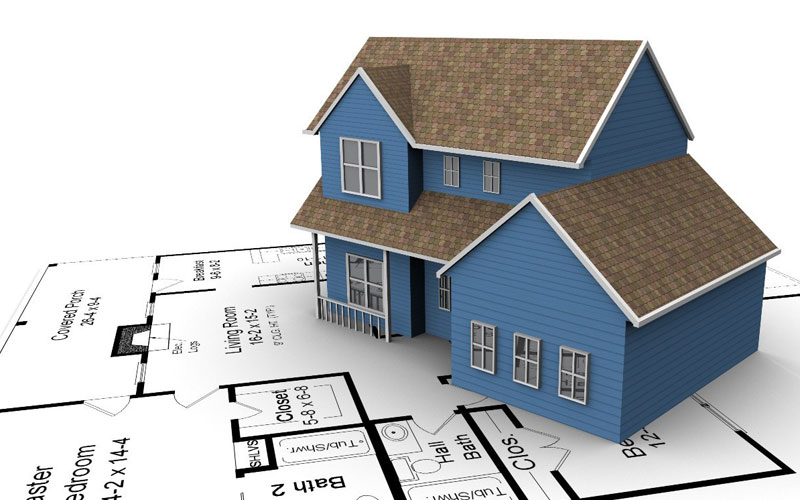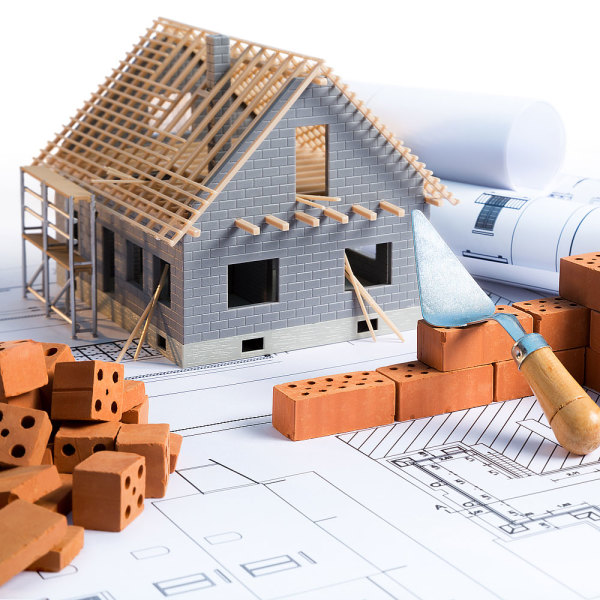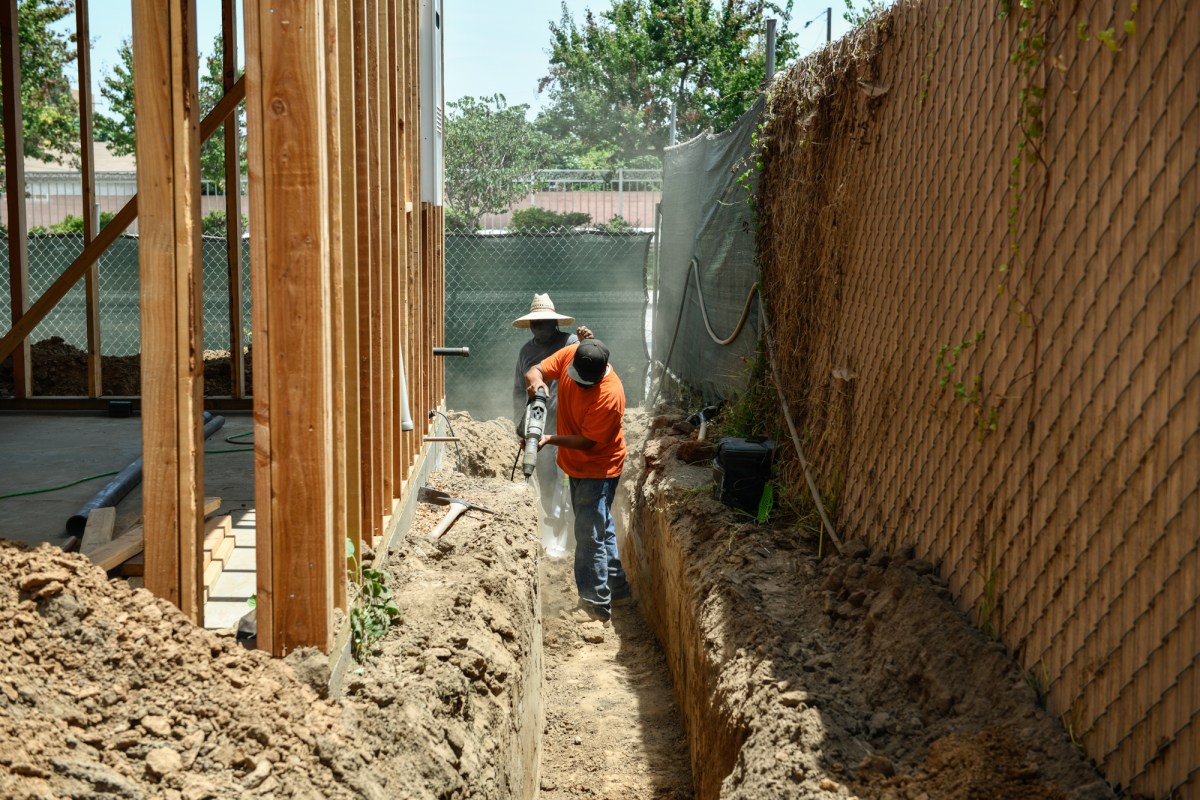Real Estate Investing 101 - Types of Investment Opportunities
If you are confused about what real Estate is all about, this article can help clear things up. Real estate is land consisting of the buildings and property on it, and its accompanying natural resources like water, plants or minerals; immovable property of that sort; a proprietary interest in real property, buildings, homes or land in general. It is the buying and selling of these real estate properties. A real estate agent is someone who facilitates the buying and selling of these properties.

Buying a real estate property is a process where the buyer gets the legal right to occupy the land for a particular period of time, known as a ‘purchase consideration’ or a ‘licensing agreement.’ In order to buy a real property, one needs to first locate a good real estate agent who can help locate good plots of land, buildings, houses and even properties that are under construction. The agent will also help find out whether there are any existing taxes on the property, and if not, will have to pay them himself. Most importantly, the agent helps the buyer save money by looking out for a lower-priced property that is still worth purchasing.
Some common types of real estate include commercial, residential, industrial and vacant land. Commercial real property can be used to build office premises, retail stores, restaurants and more. Residential properties include houses, apartments, condos and town homes. Industrial real estate is meant for businesses like steel mills, power stations, car manufacturing and more. Vacant land can be used for agricultural purposes like growing trees, dairy farms and so on. As you can see, the list of real estate agents goes on.
Apart from helping buyers and sellers find a property that they can afford, real estate agents also help with finding housing starts. Finding housing starts can be quite challenging because of the relatively low number of available properties in an area. Housing starts, or foreclosures, are investments for homeowners who plan to remain within the neighborhood for a long time. These investments are usually made by first-time homebuyers or by people who want to downsize from their current house. With housing starts, the real estate industry works by providing mortgage services to individuals who want to buy their first piece of property.
Real estate agents also help with purchasing Permanent fixtures such as buildings, trailers and other Permanent Property. These are buildings, trailers and other Permanent Property that cannot be sold on a regular basis. Some Permanent Properties are usually required by counties or cities to be left in situ permanently because of zoning regulations or for a building permit. In such cases, a real estate broker will go to the expense of hiring a property manager to take care of the upkeep, maintenance and safety of the Permanent Property.
As a final note on the different types of ownership and investment opportunities, it is important to mention the three main types of ownership and investing. The first type of ownership is “fee simple”, which simply means that the land is free and clear of any liens, interests or encumbrances. The second type of ownership is “Limited Liability Company (LLC)”. This type of ownership is a convenient way to protect valuable real estate assets because one can liquidate their holdings without having to fear about losing their investment.

